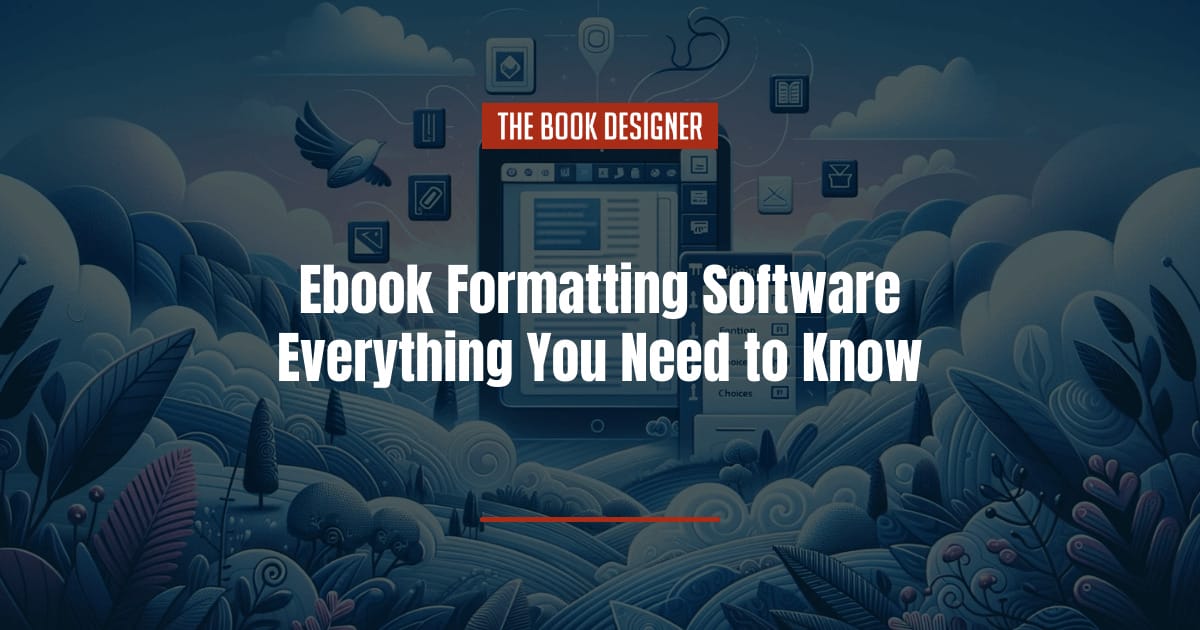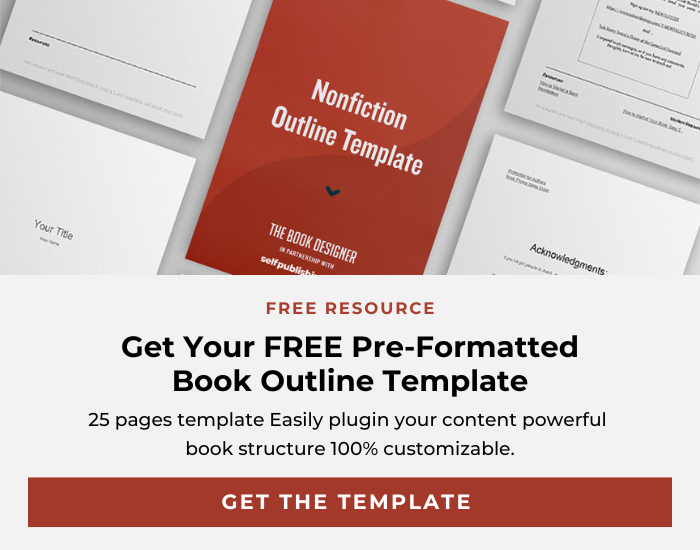Formatting your ebook is a key step in self-publishing. It’s what turns your finished manuscript into a book that’s easy and enjoyable to read on digital devices. After you’ve finished writing and editing your book, the next big task is making it look good on e-readers like Kindle and Nook. This is where ebook formatting software comes in.
This type of software is a must-have for authors publishing their work themselves. It helps you convert your manuscript into formats that work well on various e-readers. More than just aligning your text, these tools let you choose how your book will look with different styles and layouts.
In this article about ebook formatting software, we’ll cover:
Basic Ebook Formats
Ebook formatting is about preparing your manuscript to be published as an ebook. This process involves arranging your text, images, and chapters to look good on any e-reader.
Good formatting ensures your book is easy to read, with no weird spacing, misplaced images, or text that’s too big or small. It’s a key step because it affects how readers experience your book. If your book is well-formatted, readers can focus on your story without getting distracted by formatting issues.
There are several formats used for ebooks, and each has its own features:
- EPUB: This format is known for its flexibility and wide compatibility with many devices, except for older Amazon Kindle models. Its reflowable text feature adjusts the layout to fit various screen sizes, making it reader-friendly.
- Kindle Formats (KF8, AZW3, KFX): Amazon Kindle has transitioned to formats like KF8 (also known as AZW3) and KFX, which offer improved layout and typesetting capabilities compared to the older MOBI format. These formats are designed to enhance the reading experience on Kindle devices.
- PDF: PDFs maintain a fixed layout, preserving the page’s original design and layout. While great for books with complex formatting or heavy imagery, this fixed layout can be less adaptable on smaller screens.
Formatting ebooks can be tough, especially for authors doing it for the first time. Luckily, there are professional tools to make this job easier for you.
Ebook Formatting Methods
In the self-publishing process, choosing the right ebook formatting method is crucial. Each option offers different benefits and challenges:
- Writing Applications with ePub Export Capabilities (e.g., Scrivener, Ulysses). These tools are great for integrating writing and formatting. However, they can be limited in how much you can customize your ebook’s design, which may restrict your creative options.
- ePub Conversion Tools (e.g., Calibre, online book converters). These tools are useful for converting your completed manuscript into various ebook formats. While they are versatile, a key downside is the limited customization options. These tools often don’t allow you to see and adjust how your book will look in real time, giving you less control over the final look.
- Manual HTML Coding for Ebooks (e.g., Adobe Dreamweaver, Notepad++). This method is for those with a strong background in coding. It allows for the most detailed customization of your ebook, but it requires significant coding skills.
- Dedicated Book Formatting Applications (e.g., Vellum, Atticus). These are the go-to tools for many self-publishing authors. They are user-friendly and offer professional-quality output. Since these applications are widely used, we will focus on them in our discussion.
Popular Ebook Formatting Software
In the self-publishing world, the choice of ebook formatting software can greatly influence the final quality of your book. Here’s a look at some of the most popular tools, each with its own strengths and limitations.
User-Friendly Ebook Formatting Software
Vellum
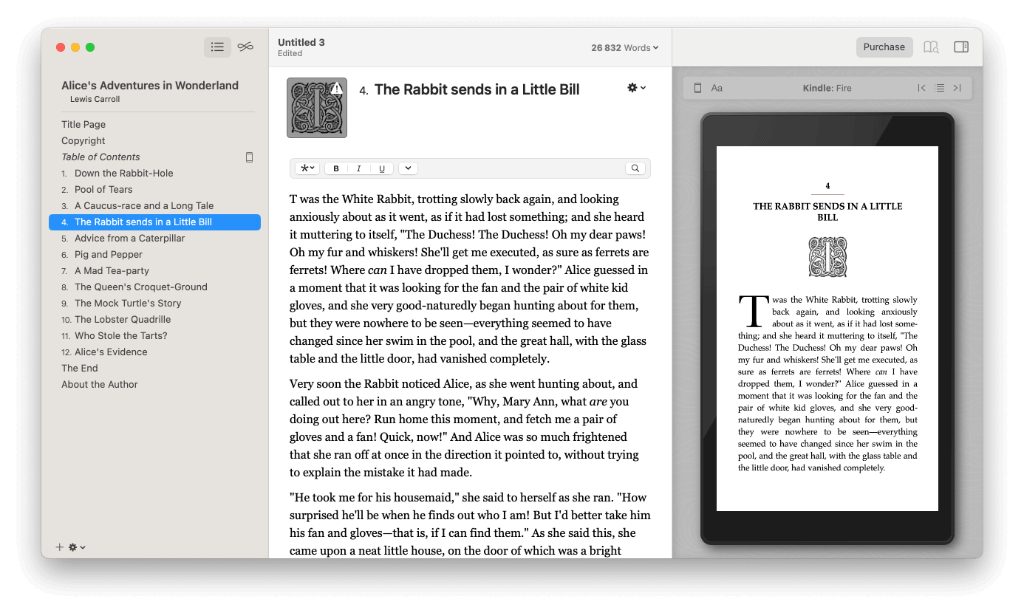
Vellum is a popular app with a user-friendly interface and professional output. It offers a range of templates and design tools, making it easy to achieve a polished look for both ebooks and print. However, it’s only available for Mac users and requires a hefty one-time payment (the book creation version is around $200, while the ebook and paperback creation version is $250, excluding taxes.). Vellum is perfect for authors who want a hassle-free experience and are willing to invest in quality.
Atticus
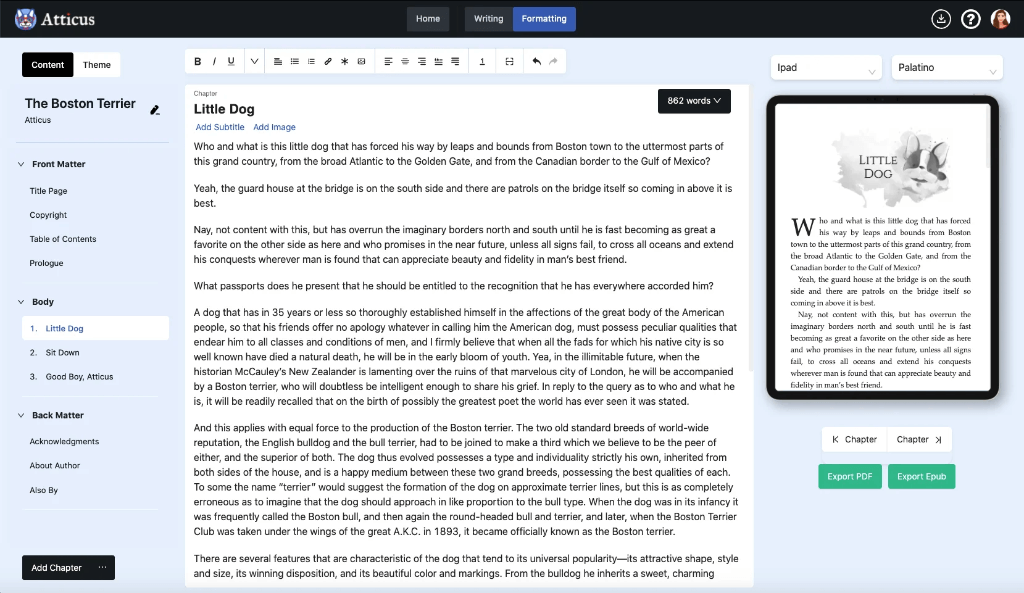
Atticus is a relatively new tool that’s getting popular for its ability to work across different platforms. It’s web-based software, which means you can access it from various devices. Also, Atticus comes at a more affordable price of around $150, with many customization options for both ebooks and print formats.
Kindle Create
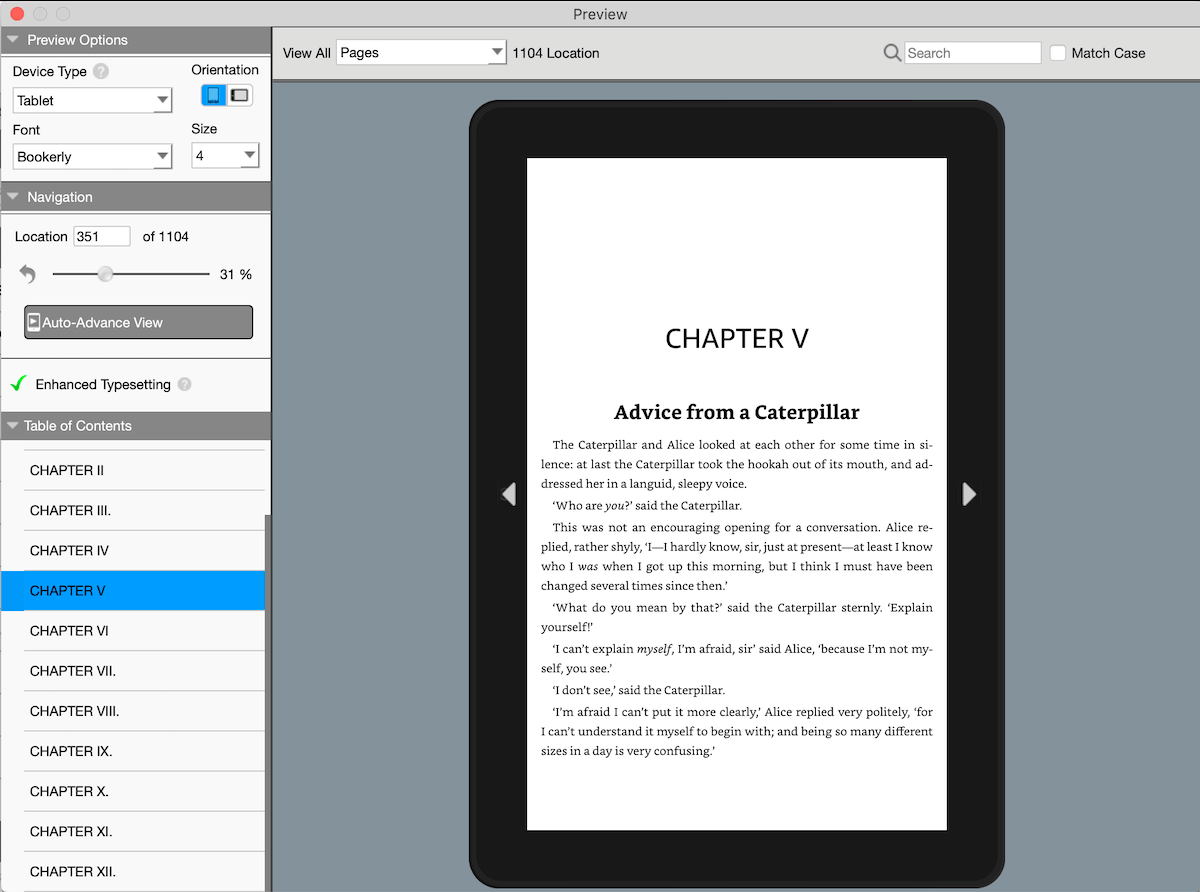
Kindle Create is a free download ideal for beginners. It offers basic formatting tools for three different types of ebooks—reflowable, comic books, and print replicas—and is straightforward to use. While it doesn’t have all the features of paid software, its free nature makes it a reasonable choice for starting authors. Kindle Create is suitable for authors who need simple formatting and are working within a limited budget.
Technical Ebook Formatting Software
Calibre’s Ebook Editor
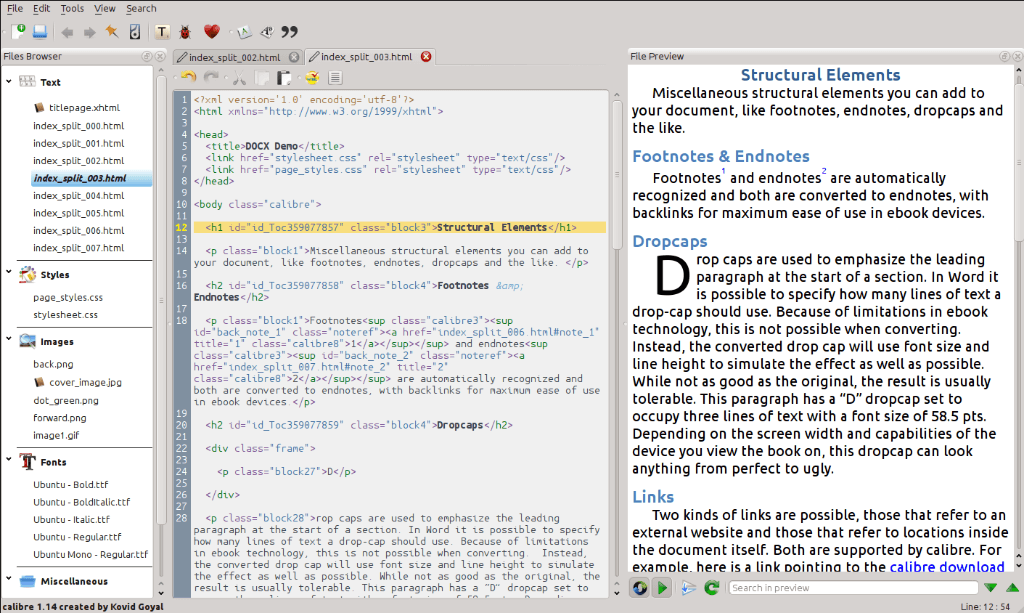
Calibre’s Ebook Editor is a part of the well-known Calibre suite. It offers extensive customization options and supports various ebook formats. Calibre is free and available for Windows, Mac, and Linux, but it does have a learning curve that might be challenging for beginners. This editor is ideal for authors with technical skills who want precise control over their ebook’s formatting.
Sigil
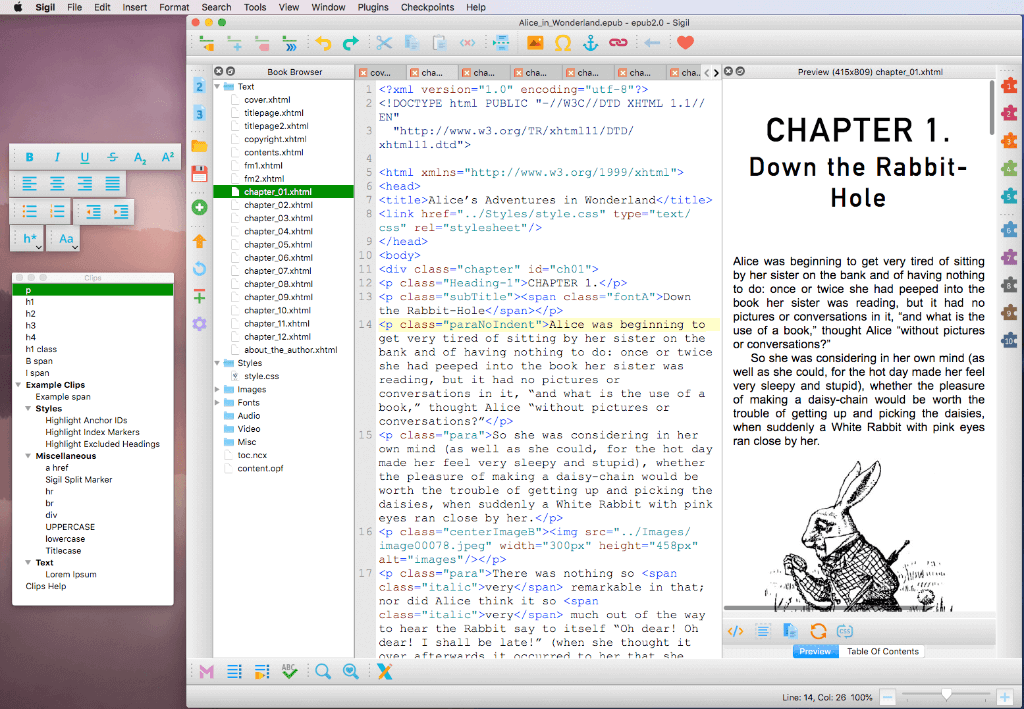
Sigil is an open-source, WYSIWYG (“What You See Is What You Get“) ebook editor with advanced editing capabilities using HTML and CSS. It provides significant control over ebook layout and design but requires a good understanding of coding. Sigil is free and available for multiple operating systems. It’s the go-to choice for authors with technical expertise who need precise, custom formatting.
Each of these formatting tools is designed for different needs and experience levels. Simple ones use templates and are easy to use, while more advanced ones offer detailed control for those with more technical skills. You should base your choice on how familiar you are with ebook formatting, what your book needs, and your budget.
Book Formatting Best Practices
Effective ebook formatting is crucial for a good reader experience. Here are key tips and considerations:
- Keep It Simple and Consistent. Use clear formatting styles for text and headings, and ensure text size and fonts are reader-friendly. Consistency in your design helps create a professional look.
- Test on Multiple Devices. Always check how your ebook appears on various e-readers and devices. This step is vital to ensure that text, images, and layout display correctly across different platforms.
- Use Images Appropriately. Incorporate high-quality images that are relevant and well-placed. They should enhance, not distract, from your text.
- Consider Professional Help. If you’re uncertain about formatting or have complex layout needs, consider hiring a professional ebook formatter. Their expertise can save you time and ensure your ebook meets industry standards.
Take book formatting seriously. It doesn’t only reflect the quality of your work but also can enhance readers’ enjoyment and engagement.
Final Thoughts
Each book formatting method has advantages, but finding the right balance is important. For many authors, the best choice is to use specialized book formatting software. These tools are easy to use, give you good control over your book’s appearance, and are not too expensive. They are a good middle option for self-publishing authors who want their book to look professional without needing technical skills or spending a lot of money.
Overall, the choice depends on what you need for your book and how comfortable you are with different tools. The goal is to make your ebook look great for your readers, regardless of your chosen method.


